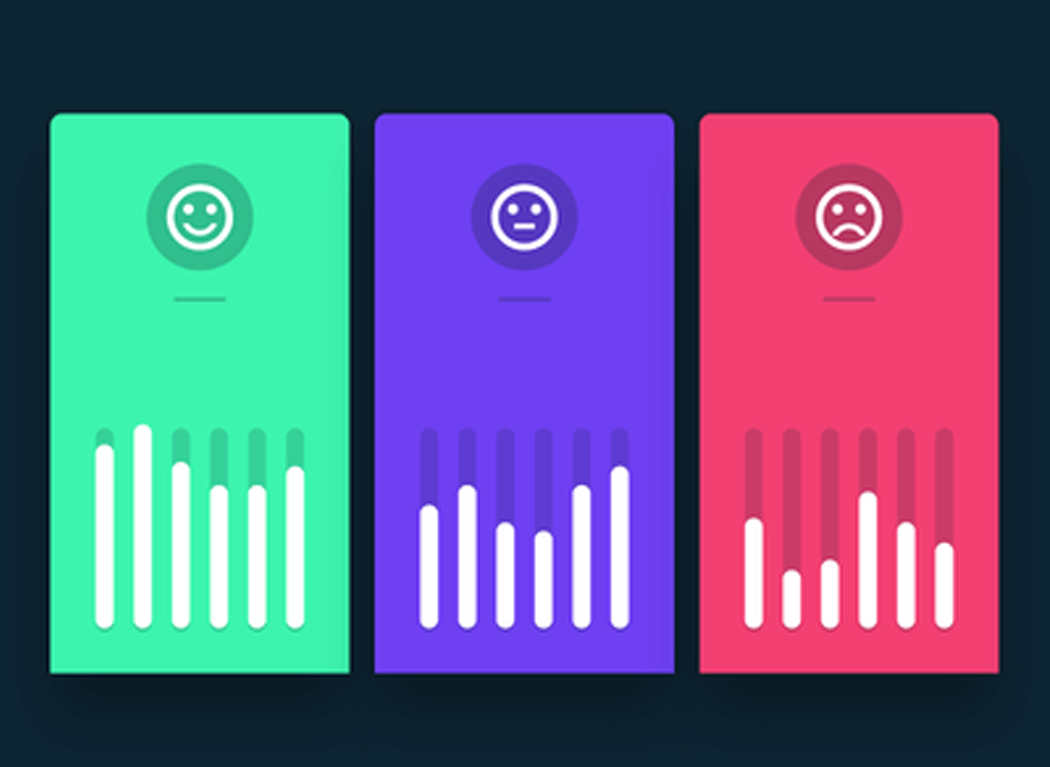Whenever we launch an initiative to gather data from our employees, we try to collect as much qualitative data as possible. Interviews, focus groups et al are great methods to achieve that. The understanding is that qualitative data gives us far greater insights than quantitative data. However, the extent of time investment required to carry out organization wide interviews and focus groups dissuades companies from taking up such an initiative. Thus, the most efficient way to get insights from employees becomes a survey. It is especially true when we are looking to understand whether or not our employees are engaged, and what can we do to make it better.
However, even when designing an objective survey, organizations still look at including questions eliciting qualitative comments from the employees. Now that sounds like a good plan, as this step helps augment the quantitative findings with qualitative insights.
However, a pertinent question that arises here is what do companies do with the qualitative data that gets generated through these surveys? The likelihood is that either this data is ignored, with the focus only on the easy to analyze quantitative data, or this data is painstakingly analyzed manually by an individual/team.
Let’s look at both these possibilities. If this data is discarded, then that’s a definite loss of valuable information that could have helped the organization make better decision to engage its employees. On the other hand, if this data is manually analyzed, the entire process becomes too tedious. Typically, in an employee engagement survey, there are 2 comments per employee on average. That means, we would get 3,000 comments for a survey initiative with 1,500 employees! Furthermore, these comments vary between one word to a paragraph to sometimes even longer sections with detailed explanations. Manually analyzing data of that proportion is not just time consuming but also vulnerable to human error leading to incorrect diagnosis. As some might argue, an incorrect diagnosis can in fact cause more harm than no diagnosis at all.
Given this challenge, imagine a scenario wherein there is a way to just feed in your qualitative comments into a system, and within a matter of seconds, get the sentiment analysis of the same data!
So what exactly is sentiment analysis, you might ask?
Simply put, sentiment analysis is the process of identifying the underlying tone/emotion of the data being analyzed. How it works with respect to employee engagement surveys is this: Qualitative comments made by the employees is put into the system. Within seconds, the system then generates a graph (like the image provided at the top) featuring the break- down of the basic sentiments in these comments. Data is put into three key buckets: positive, negative & neutral. We also provide the user an overall sentiment score, which helps organizations to understand the overarching emotion of its employees, before deep diving into the three aforementioned categories. Sentiment analysis also gives you the specific words/phrases that constitute the analysis of each of the three categories.
Sentiment analysis can be a useful tool for an organization to understand what its employees are feeling, and take remedial measures to salvage the development areas, while leveraging the strengths. So the next time you’ve conducting a survey, don’t undermine the value brought in by your employees’ qualitative comments. Instead, understand their sentiments.







